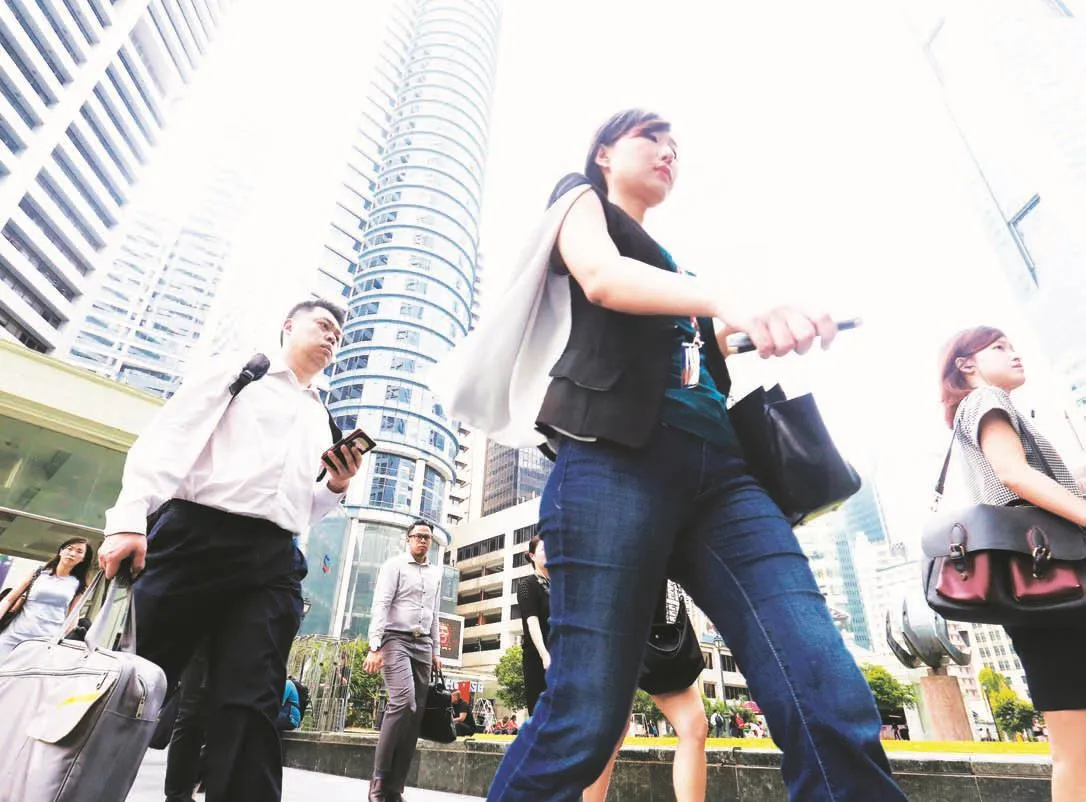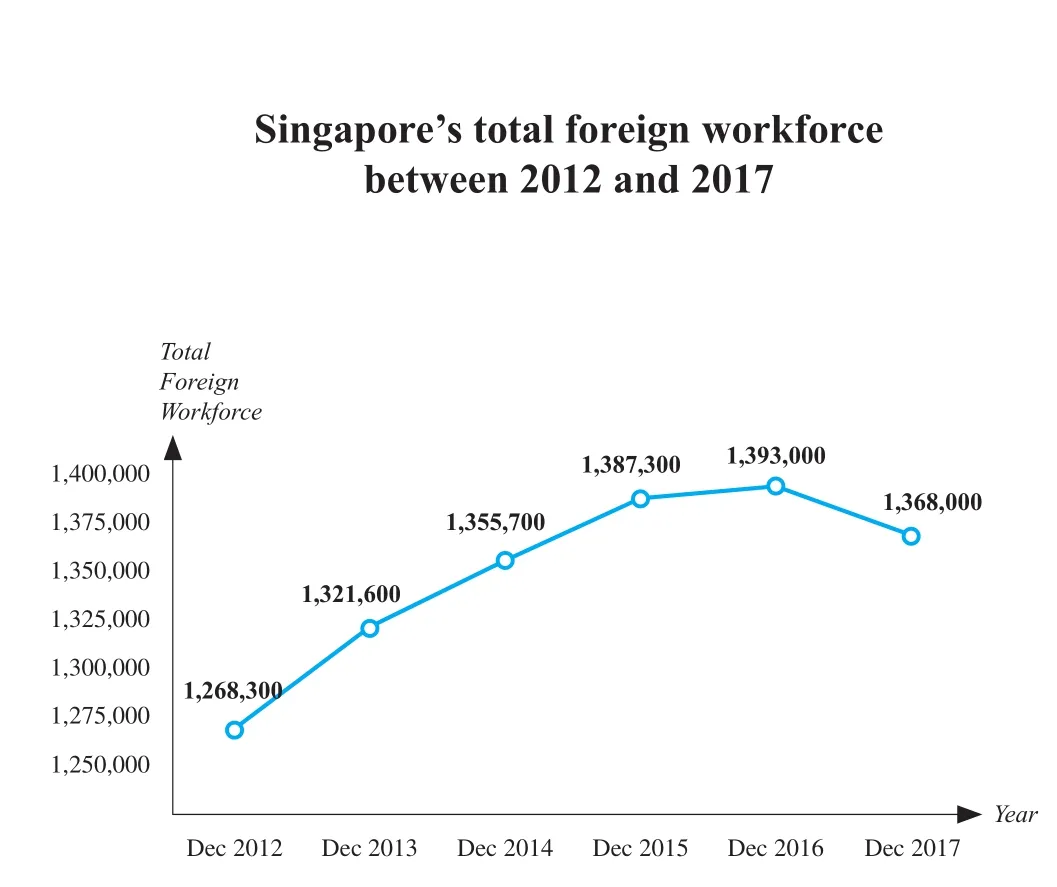ASEAN Nations Must Talk so that Their Labourers can Walk
2018-09-19

Migration within Southeast Asia is expected to increase as the ASEAN Economic Community(AEC) continues to promote freer movement of skilled workers across the region. Better labour mobility will help create a highly integrated and cohesive ASEAN economy. But there are barriers to migration within the region.
Restrictive domestic migration policies are the main reason for the slow movement of skilled workers within ASEAN. These inappropriate policies have failed to address mismatches between supply and demand in the labour market and fuelled the quixotic view in some countries that foreign workers steal jobs. In fact, they plug labour shortages. So what policy interventions are needed to allow ASEAN member states to take advantage of the opportunities that come with increased labour migration?
A study by the World Bank Group reported that migration in the region actually consists mainly of low-skilled migrants looking for better opportunities. According to another study by the International Labour Organisation (ILO), around 87 percent of intra-ASEAN migrants are low-skilled workers.Interestingly, the ILO study suggests that there are five main corridors for intra-ASEAN migrants: Myanmar to Thailand, Indonesia to Malaysia, Malaysia to Singapore,Laos to Thailand, and Cambodia to Thailand. The Myanmar-Thailand corridor is the largest, with two million migrant workers representing one-third of intra-migration in ASEAN.There are around one million migrants each from Indonesia,Malaysia and Laos moving to Malaysia, Singapore and Thailand respectively.
These low-skilled workers are not governed by regional arrangements. ASEAN mutual recognition arrangements(MRAs) only cover eight high-skilled professions — doctors,dentists, nurses, engineers, architects, accountants, surveyors and tourism professionals. According to the ILO, the existing MRAs cover only 1.5 percent of the region’s labour force.
As most intra-ASEAN migrant workers are unskilled and therefore not protected by formal agreements, informal labour issues develop. Some migrant workers desperately seek out informal channels to avoid procedural processes and costs.These migrants are prone to experience exploitation that can deprive them of social protection benefits and minimum wage coverage.
Increasing the number of MRAs requires ASEAN member states to realign their migration systems to take account of the structure of the region’s labour movements. This means acknowledging that some countries predominately receive migrants, while others send them. The regional migration hubs within ASEAN — Malaysia, Singapore and Thailand, whose migrant populations collectively account for 96 percent of the total migration within ASEAN — should align their migration systems with their economic needs. In other words, migration systems of receiving countries must be linked with their labour demand, especially with respect to those skills that a domestic population cannot supply by itself.
Meanwhile, sending countries must be well informed about employment opportunities in the regional migration hubs.Knowing this will allow them to determine what specific training programs they should provide for their labour force.These programs must equip workers with the necessary skills to grab employment opportunities in receiving countries when they arise.
Sending countries are responsible for ensuring the protection of their citizens working abroad. An oversight committee should be established to avoid unlicensed recruitment agencies abusing migrant labour. This would entail collaboration between ASEAN member states and such a committee’s main aim would be to build public awareness.
Greater labour mobility strengthens economic integration by allowing ASEAN member states to address labour shortages,poverty and unemployment. If migration is linked with labour demand in receiving countries, job creation is expected in regional migration hubs. The World Bank has argued that labour migrants have helped lower production costs in Malaysia, in turn creating employment opportunities in the country.
Poverty reduction is also expected as labour mobility increases. Workers in countries with low wages are provided with better employment opportunities in Malaysia, Singapore and Thailand. Singapore’s average monthly salary in 2013 was more than 30 times that of Cambodia, while Malaysia’s average monthly wage was three times that of Indonesia, the Philippines and Vietnam.
ASEAN member states can take advantage of these opportunities if they implement a few important policy measures. ASEAN should establish a body within the ASEAN Secretariat to be tasked with designing a migration system responsive to labour demand in receiving countries.
Achieving an integrated migration system requires linking labour deficit and surplus in the region. The labour deficit in receiving countries should be matched with labour surplus in sending countries. A migration system built on skill matching could help identify other services sectors that should be regulated under an MRA to further facilitate greater labour mobility across the region.
Expanding ASEAN MRAs across the region will require skills development. Sending countries should launch training programs to equip their labour force with in-demand skills in the regional migration hubs. Providing this training in collaboration with receiving countries will help labour migrants meet job requirements.
2018 is the third year of the AEC — the vision of a highly integrated and cohesive economic community in Southeast Asia by 2025. Labour mobility is necessary for achieving this vision. But ASEAN must do more to ensure that the region’s migration system is responsive to labour demand. This way,both receiving and sending countries can benefit.

Source: Ministry of Manpower of Singapore
· Source: East Asia Forum
